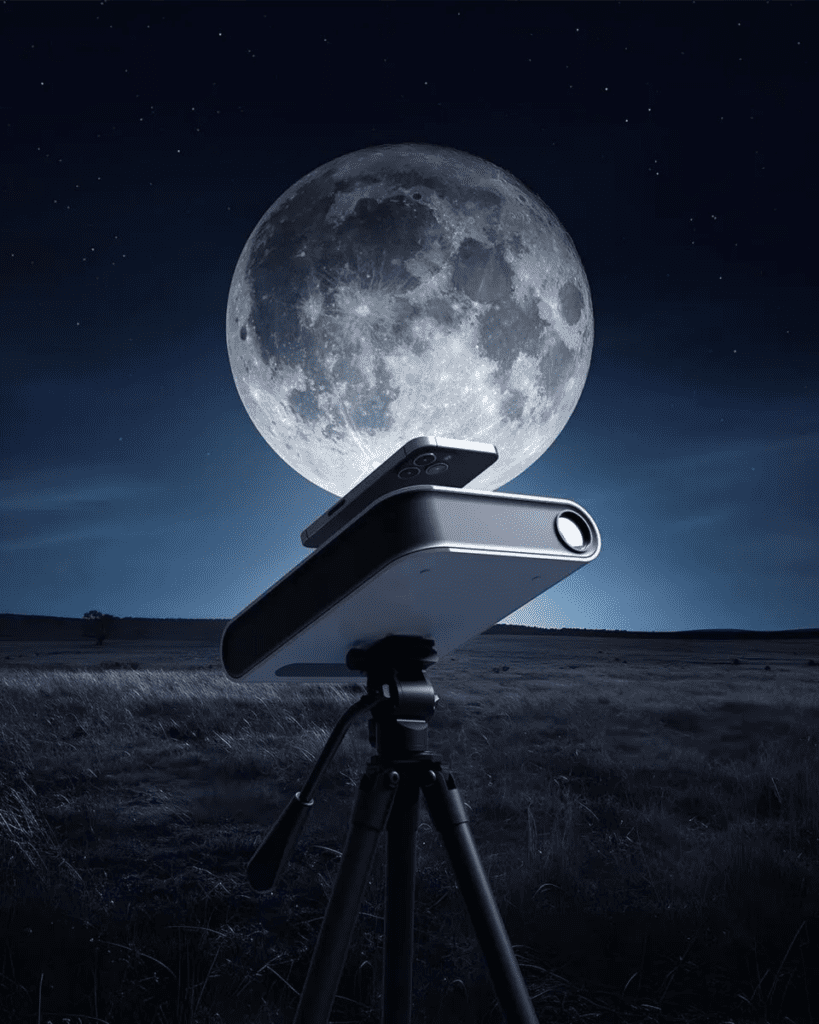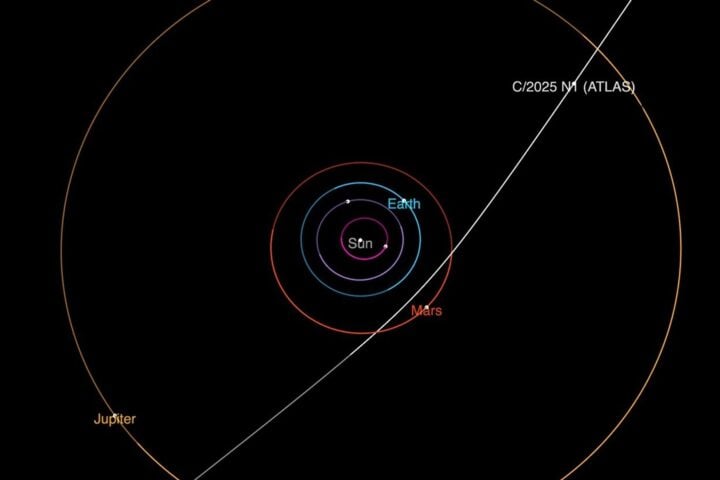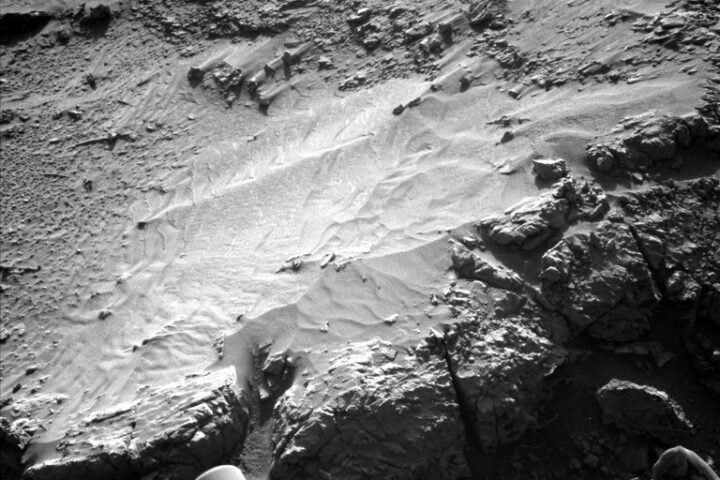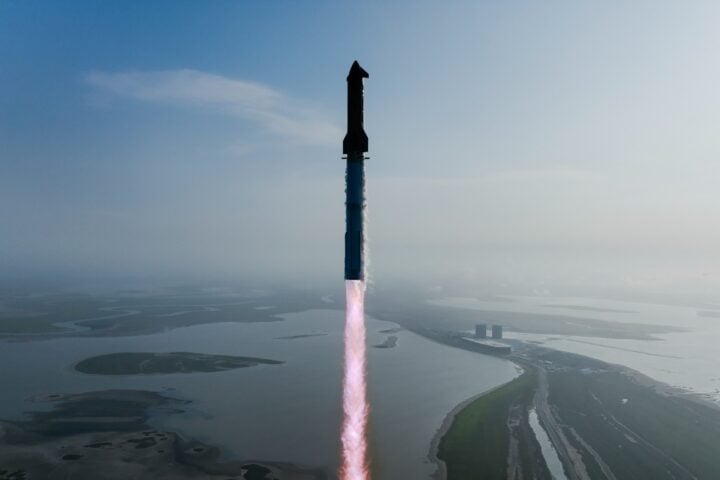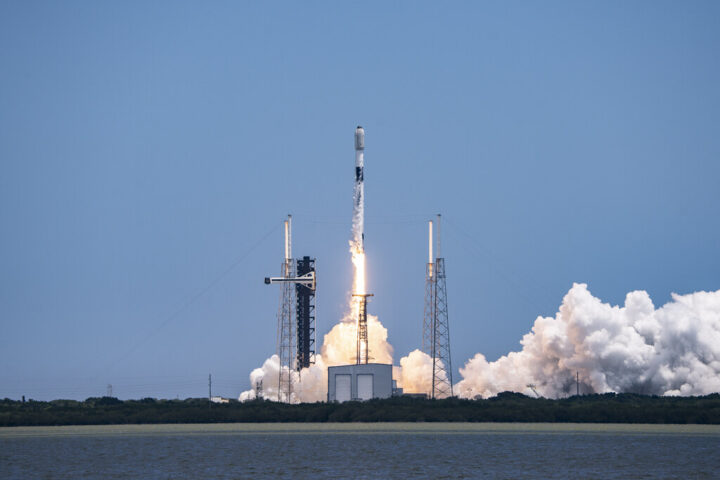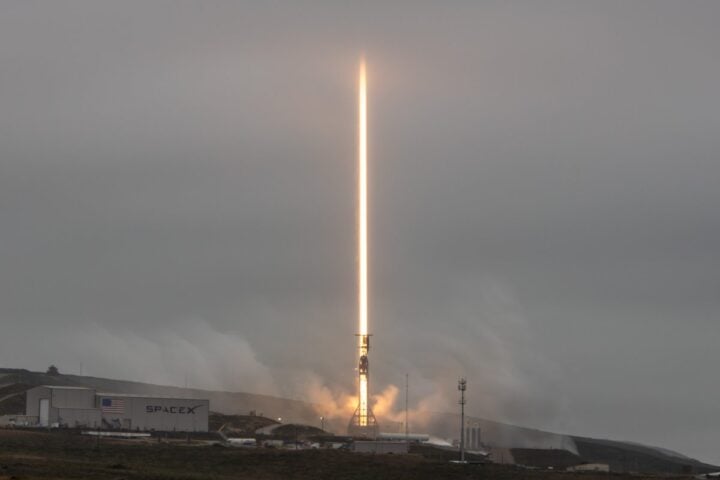Solar sails, once a concept of science fiction, are now at the forefront of revolutionizing space-based internet connectivity. Harnessing the sun’s photons, these sails offer a sustainable propulsion method, eliminating the need for fuel. The momentum from sunlight’s particles can propel spacecraft to astonishing speeds over time. Unlike rockets that expel mass, solar sails utilize sunlight for propulsion, marking a shift in space travel paradigms.
Traditional satellite internet relies on geostationary satellites, often resulting in slow speeds and high latency. In contrast, solar sails could deploy low-earth-orbit (LEO) satellites, promising reduced latency and enhanced internet speeds. Its potential extends beyond communication, opening doors to sustainable long-distance space travel. The digital age could witness a significant leap with the integration of solar sails in global internet infrastructure.
The Planetary Society’s LightSail 2, launched in 2019, showcased the practicality of solar sail propulsion. However, the vast size required for these sails presents manufacturing and deployment challenges. Directional control, dependent on adjusting sail angles, adds another layer of complexity to solar sail technology. Despite hurdles, the global benefits of faster and more reliable internet access make it a promising venture.
Bridging the digital divide, solar sails could democratize internet access across remote and underserved regions. The environmental footprint of space travel could also diminish with these fuel-free propulsion systems. The promise of solar sails shines bright, with the potential to reshape space exploration and global communication. The future of space-based internet connectivity, powered by the sun, holds immense promise and potential.
Robert L. Forward, a physicist, first introduced the idea of solar sail in the 1980s. Wireless communication, essential for space exploration, faces challenges like cosmic radiation and vast distance-induced delays. Its merging with advanced wireless technology could establish high-speed communication relays across the solar system. NASA’s Near-Earth Asteroid Scout mission aims to test a solar sail’s navigational capabilities alongside a low-power radio in 2022. Success in this mission might herald a new space exploration era, combining solar sails with cutting-edge communication systems.
Mars could benefit from a permanent communication network, facilitated by solar sail spacecraft. Beyond our solar system, these sail could embark on missions to other star systems, equipped with scientific instruments and communication tools. The fusion of solar sail and wireless tech could redefine the boundaries of space exploration and human knowledge. The convergence of these technologies could be the key to unlocking deeper mysteries of the universe.
Similar Post
However, creating solar sails resilient enough for space’s harsh conditions demands advancements in materials science. Similarly, long-distance wireless communication systems will need groundbreaking innovations. Solar sails might be the answer to the challenges of current space communication systems, offering a blend of efficiency and sustainability. The Planetary Society’s endeavors have already set the stage for the practical application of this technology.
As we venture further, the combination of solar sail and advanced communication might be our beacon in the vast expanse of space. Challenges aside, the rewards of integrating solar sails with wireless tech are too significant to ignore. The next decade might see a fusion of these technologies, marking a new chapter in space exploration. Solar sails, once a distant dream, are now poised to become a cornerstone of our space endeavors. As we stand on the cusp of this technological revolution, the universe awaits our next move. Harnessing the sun’s power and the prowess of wireless communication, we’re set to embark on unprecedented cosmic journeys.


